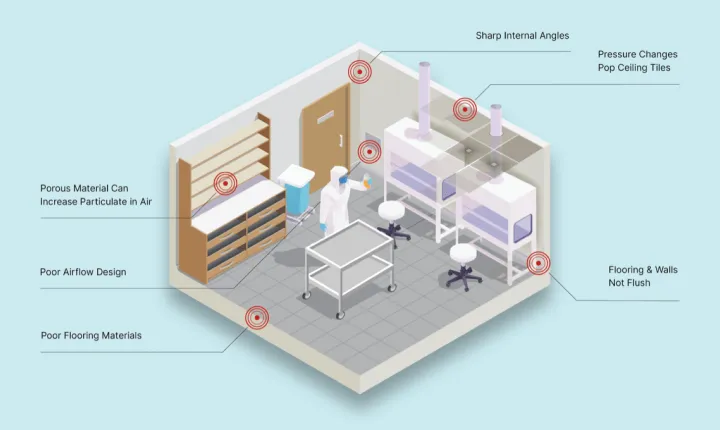Conventional vs inclusiv Cleanrooms
Conventional Cleanrooms, like the one below, can encourage frequent and persistent contamination, while Inclusiv Modular Cleanrooms promote safety and compliance.
Conventional Cleanrooms, like the one below, can encourage frequent and persistent contamination, while Inclusiv Modular Cleanrooms promote safety and compliance.

Contact our experts to discuss your sterile compounding needs and future plans. Our team is here to support you.
Sign up here to stay on top of the latest from inclusiv.